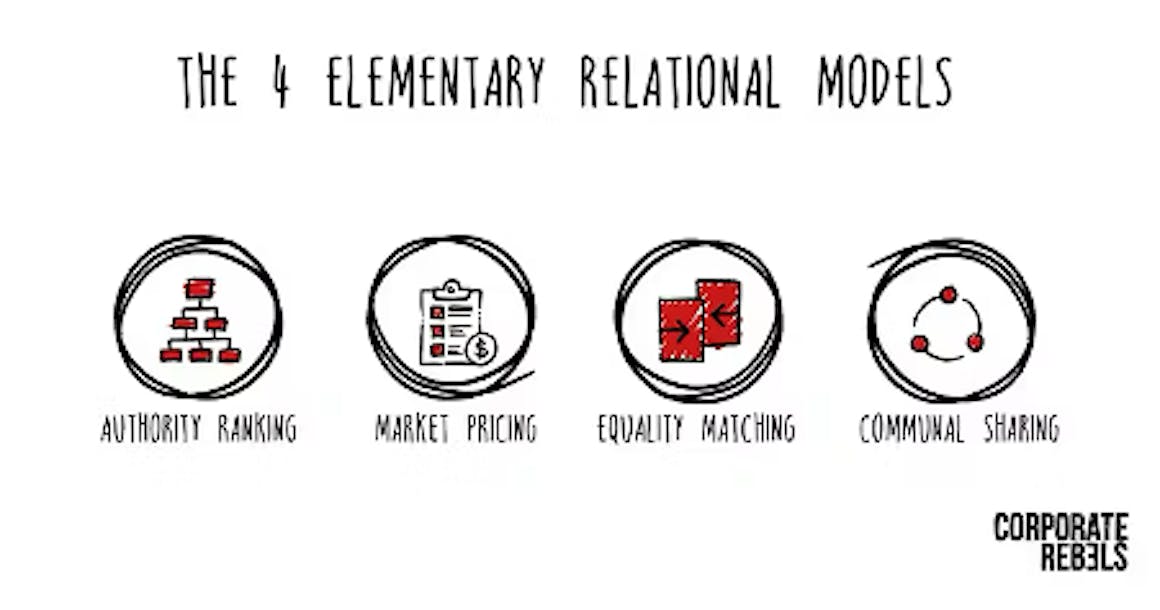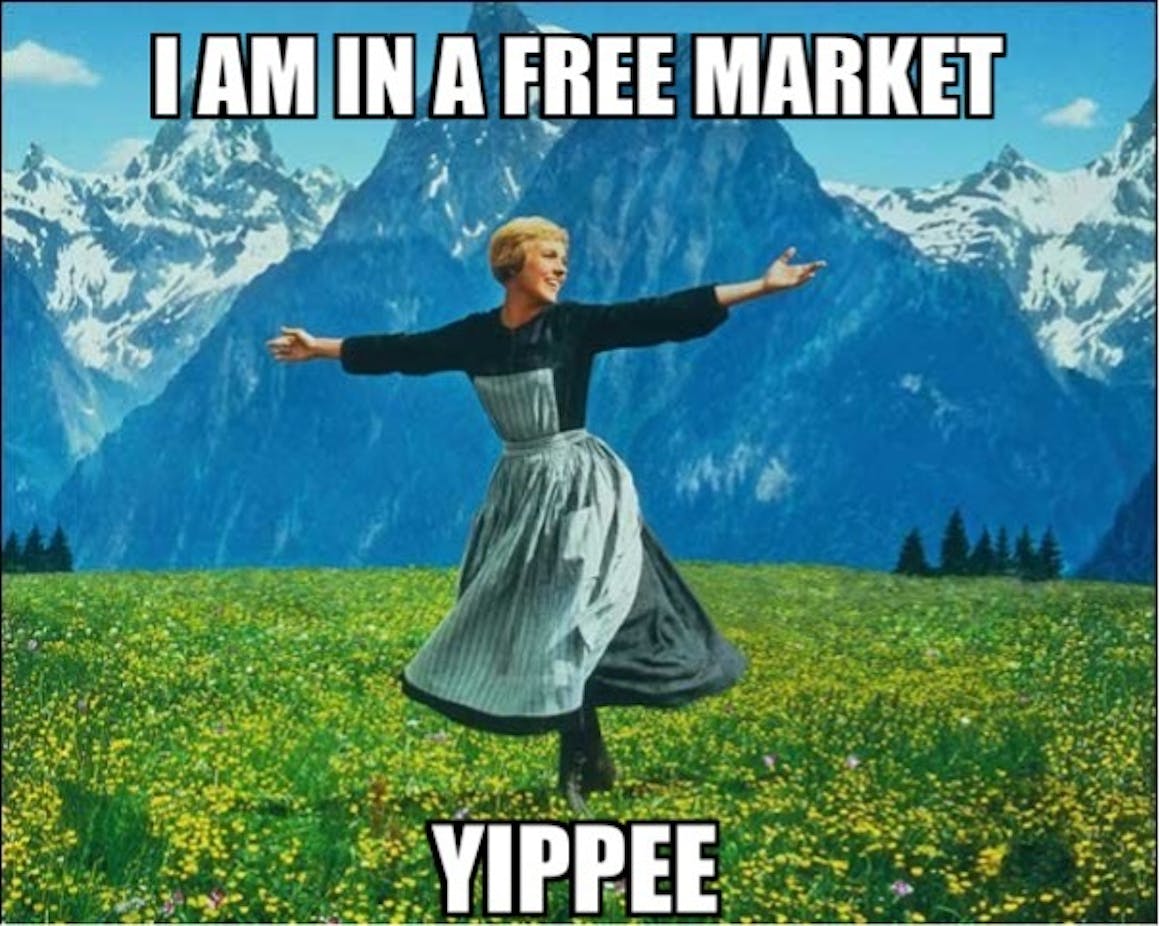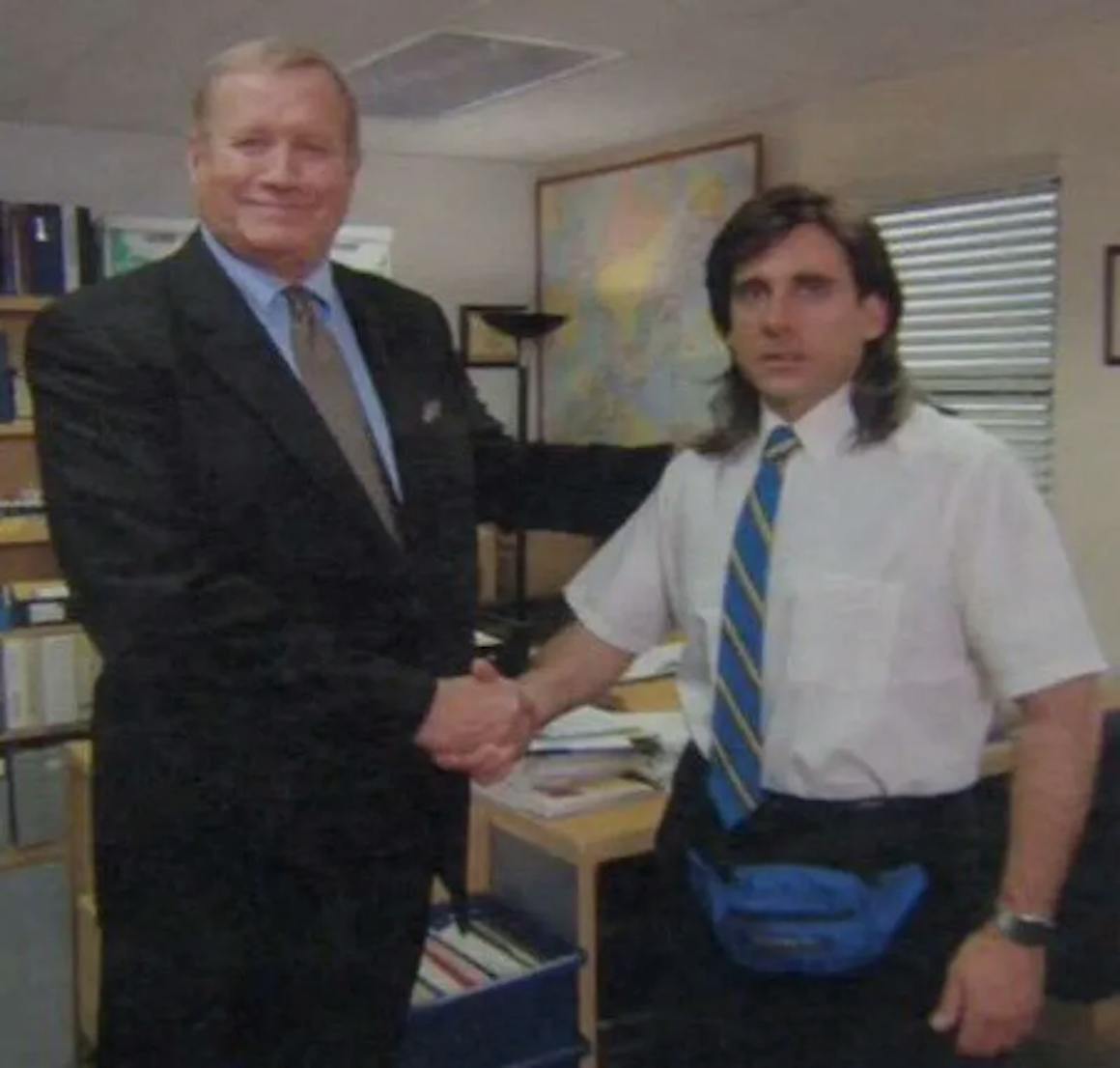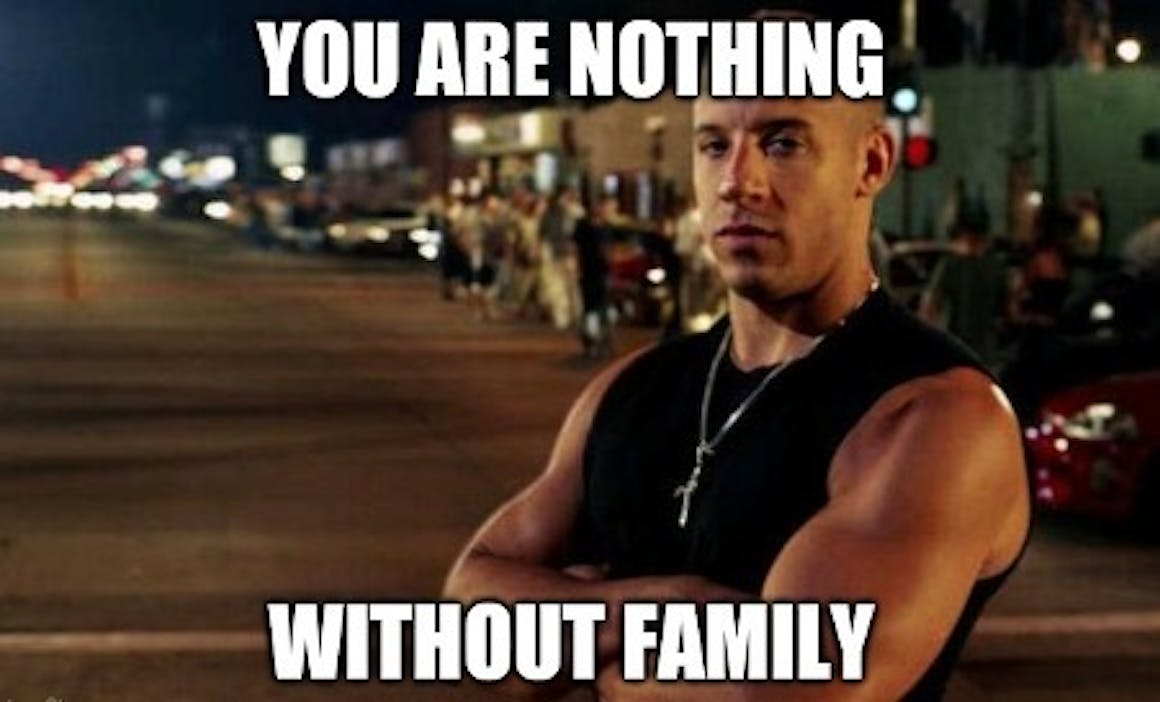Beyond Hierarchies: The Real Org Chart

A month ago, white smoke curled from a chimney in Rome. Crowds gathered. News anchors speculated. The world held its breath. A new pope was about to be revealed.
But while most waited for the name to be spoken, a small group of researchers from Bocconi University already knew it. Not because of divine prophecy. Because of data.
By analyzing the relational structure of the Vatican’s inner circle (who consulted whom, who trusted whom, who spent time with whom), they predicted the outcome before the cardinals made it official.
No backroom access. No leaked intel. Just a map of relationships.

That story has stayed with me. Not because I’m fascinated by religion. But because it underscores something we tend to overlook, especially in the world of work: Relationships shape outcomes.
More than titles. More than org charts. More than strategy decks or operating models.
Still, we tend to talk about roles, workflows, objectives. But beneath all of that, it’s people. And how those people relate.

For years, I’ve argued that we need to understand self-managing organizations through a relational lens.
Not just as a structural shift. But as a fundamental reconfiguration of human connection.
And we don’t have to make this up from scratch. There’s already a solid framework for it.
Fiske’s four models: The DNA of human relations

In the 1990s, anthropologist Alan Fiske proposed that all human relationships fall into four fundamental patterns:
- Authority Ranking – Like parent to child. Or military commander to soldier.
- Market Pricing – Like buyer to seller. Rational, transactional, price-based.
- Equality Matching – Like close friends. Tit-for-tat. Fairness. Balance.
- Communal Sharing – Like family. Shared identity. Mutual care. No accounting.
Most traditional organizations are built on Authority Ranking.
A hierarchy. A ladder. Orders flow downward. Permission flows upward.
But when we talk about self-management, we’re talking about stepping out of that model. From parent-child into adult-to-adult.
And depending on the flavor, we often land in one of the other three:
1. Internal markets – The rational network

Think: autonomous units trading with each other. Each team a business. Each relationship a transaction.
You’ll see this model in:
- Haier Group (China) – Where over 4,000 micro-enterprises contract with each other inside the company.
- Disco Corp. (Japan) – Where internal pricing mechanisms allocate resources across teams.
These organizations use Market Pricing to enable self-management.
It’s not cold-hearted. It’s just rational. Clear incentives. Transparent exchange.
2. Group of friends - The horizontal collective

Now shift from logic to loyalty. Here, everything is based on balance, fairness, and mutual give-and-take.
You’ll find this in (among many others):
- NER Group (Spain) – Where teams make decisions collectively and share profits.
- EPPO (Brazil) – A company structured as a circle of equals, with rotating leadership.
- Equal Experts (UK) – A network of consulting associates where reputation, reciprocity, and peer trust drive collaboration.
This is Equality Matching.
Less about contracts. More about norms. What matters is that everyone contributes, and no one exploits.
3. Big family - The purpose-driven tribe

This is the warmest, and the most emotionally demanding, form.
The best example?
- Buurtzorg (Netherlands) – Where self-managing nursing teams care not just for patients, but for one another.
This is Communal Sharing.
Less about structure. More about shared purpose, mutal care, and belonging. Less about rules. More about trust.
No one right way
So what’s the “best” model for self-management? That’s the wrong question.
Each has its strengths. Each fits a different culture, context, or industry.
The real power comes not from choosing the right relational model, but from understanding which one you’re in, and being honest about it.
Because when relationships are misaligned with expectations, things break.
- Markets without transparency breed mistrust.
- Friendships without fairness foster resentment.
- Communities without care become cults.
But when the relational fabric is clear and coherent, self-management doesn’t just work.
It flows.
That’s the kind of nuance we explore in our Progressive Organizational Design masterclass: how to design structures that match your culture, rather than forcing your culture to fit the structure.
Our summer cohort kicks off next week, and we’ll be going deep into this territory: markets, reciprocity, care, autonomy, trust, responsibility and everything in between.
As I write this, I’m on a plane to Necker Island, checking off a big one on our Corporate Rebels Bucket List: a visit to Richard Branson.
A timely reminder that when you align your purpose and principles with your relationships, extraordinary things tend to happen.



